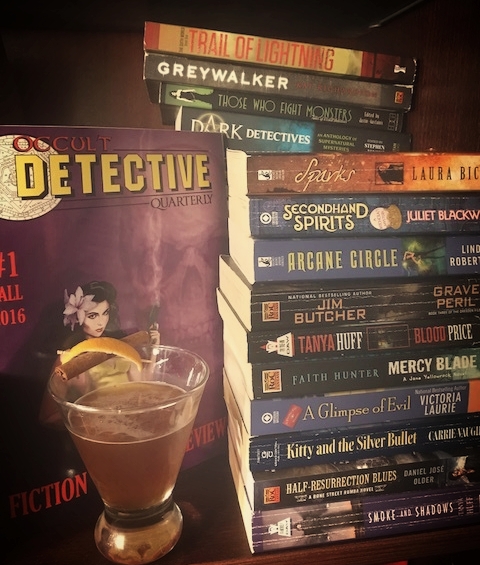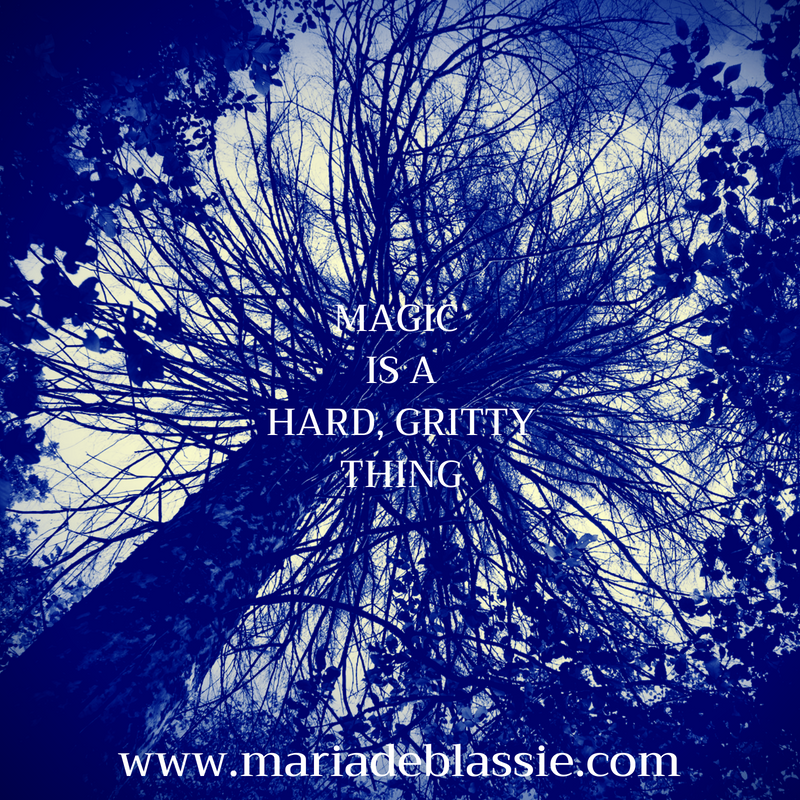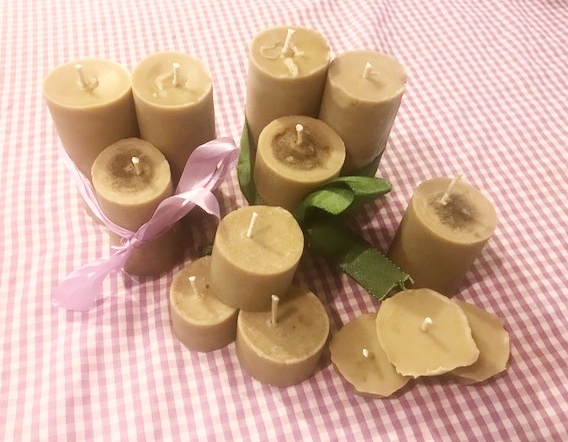When I first found out about Plastic Free July, I immediately wished I knew about this when I was doing my year of buying, using, and wasting less. It would have been a great challenge to immerse myself in last year. Then I thought…it’s a great challenge to try right now! Just because I’m no longer focusing on buying, using, and wasting less, I’m still doing all those things actively. This would just be the next step to doing my part to fight climate change.
This is even more important now that we are learning that we only really have five years before devastating, irreversible climate change. New studies are also showing that plastic is not just bad for the environment, but a serious climate hazard. Even now, the Arctic melt is in hyperdrive—scary stuff! When you consider the terrifying reality we face, along with the knowledge that we’ve literally produced 8.3 billion tons of plastic since 1950, it becomes clear that we have to be part of the global change to preserve or planet.
Why have we produced so much plastic in such a short time? Because it was exciting and innovative and marketed as something that would make our lives easier. But we now know that over 90% of what we put in the recycling bin doesn’t actually get recycled. This one-use ideology made people believe that they didn’t need well-made long-lasting products when they could just purchase cheap, disposable products. Even now, buying something like packaged lettuce is possible because people believe that it makes their life easier. It’s supposedly cleaner, ready to go from bag to bowl, and prettier than the unpackaged lettuce head…but we know that we still have to rinse even pre-washed lettuce and that not packaged vegetables, especially the local goods, have way more nutritional value than their packaged counterparts, not to mention the fact that they are often cheaper.
In short, minimizing plastic use is about unlearning toxic consumerist ideology that tells us we need more, cheaper, and quicker. Instead, opt for less, better, and slower. I’m not saying you need to go full-on homesteading, where you raise your own chickens and grow your own food (although, I thoroughly love gardening!). What I am saying is that we need to forgo the assumption that packing makes our live easier. It doesn’t.
And, it goes without saying that we need to fight to hold big businesses accountable for their complicity in the climate crisis and push hard for legislation that will help protect our environment and begin to heal the planet. I am so heartened by the various news stories of individuals, communities, and cities pushing green initiatives forward, including my very own Albuquerque, which just banned plastic bags and foam containers. But we also needs to hold ourselves accountable and do our part to protect our planet. Literally the easiest way? Stop using so much plastic!
So join me for Plastic Free July—you can set your own goals to limit or eradicate plastic use—and together we can be part of the change we need to heal mother nature. What we spend money on—and what we don’t—can have a powerful impact on what gets made, how it gets made, and who makes it. If the idea of giving up plastic feels intimidating, I leave you with three easy tips for limiting your plastic consumption:
Give up one use items. I know I talk about this a lot but it is seriously the easiest and cheapest way to give up plastic. Ditch the straw restaurants give you for drinks—you don’t use them at home, do you? (If you do, it’s a good idea to invest in some inexpensive reusable ones.) Say no to plastic takeout silverware and resist the temptation to buy the single-serve item or one-use trinket. You don’t really need any of these things. So the next time you are tempted to try that little sampler or indulge in that little product, ask yourself if you really need or want it—and think about what happens when you trash it a few hours later. Pausing like this will help you be a more mindful consumer.
Stop buying things in packages. Or use less packaging when you can. When I do have to buy something in packaging—like dairy—I opt for glass over the plastic-coated cardboard. Some stores are even developing return/refund programs on these containers. Or I go for cardboard over more wasteful packaging. I can’t tell you how upset I get at Trader Joe’s when I see tomatoes and other fruits and veggies coated in plastic (and have since stopped shopping there for this reason). I was happy to learn that they are cutting down on their plastic, but I think they need to get rid of it altogether. Buying fruit and veggies in bulk is the easiest way to avoid packaging, as is shopping the bulk aisle. The great side effect of this is that you end up buying healthier food and save money in the long run.
Use what you have. Going plastic free doesn’t mean throwing out all your plastic containers…that would be counter productive, especially since we now know that very little of what we put into the recyclables actually gets recycled. So keep the plastic you do have and take good care of it so it lasts. They make great storage containers. Reusing is way more effective than recycling in terms of protecting the environment. And get creative! Start making your own shampoo and store it in old shampoo bottles, for example, or save those lip balm tubes and refill them with the homemade stuff (recipe coming soon).
At the end of the day, we need more people trying to reduce waste imperfectly, than a few people doing it perfectly, as the environmental mantra goes. Want more tips for easy sustainable living? Follow me on Instagram to see my #SustainableSaturday posts. At the end of the day, it's the little changes that add up to big change. How will you green your routine?
Enchantment Learning & Living is an inspirational blog celebrating life’s simple pleasures, everyday mysticism, and delectable recipes that are guaranteed to stir the kitchen witch in you. If you enjoyed what you just read and believe that true magic is in the everyday, subscribe to my newsletter below for regular doses of enchantment. Want even more inspiration? Follow me on Instagram, Facebook, Pinterest, and Twitter. Here’s to a magical life!






















